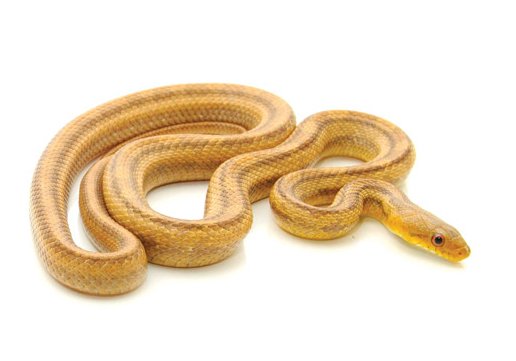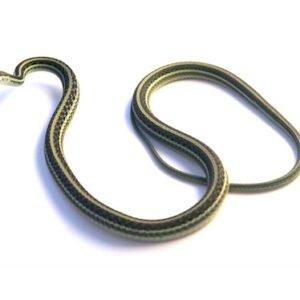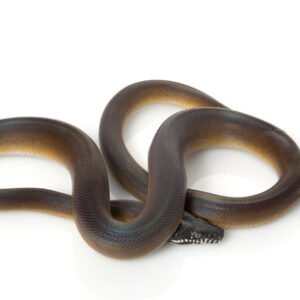Introduction to Yellow Rat Snakes
The yellow rat snake, scientifically known as Pantherophis obsoletus, is a non-venomous constrictor native to the southeastern United States. This species is celebrated for its striking physical characteristics, which include a vibrant yellow coloration adorned with distinct dark markings. These features not only contribute to its aesthetic appeal but also play a crucial role in its camouflage, allowing it to blend seamlessly into its environment. The coloration typically varies from bright yellow to a more muted pale hue, providing it with the ability to adapt to various habitats.
Yellow rat snakes primarily inhabit a range of environments, including forests, swamps, and grasslands. They are especially prevalent in regions with dense vegetation, where they can easily navigate among trees and shrubs. Their geographical distribution includes states such as Florida, Georgia, and South Carolina, making them a common sight in the southeastern United States. These snakes prefer areas that offer ample cover, which aids in their hunting and predatory behaviors.
Regarding their dietary habits, yellow rat snakes predominantly feed on small mammals, birds, and occasional reptiles. They utilize their constriction method to subdue prey, wrapping around their victims and applying pressure until suffocation occurs. This hunting technique is not only effective but also demonstrates the snake’s adaptability in various settings. Through their predation, yellow rat snakes play a significant role in maintaining the balance of ecosystems by controlling rodent populations. This natural pest control is an essential aspect of their ecological importance, highlighting the interconnectedness of species within their habitats.
Care and Conservation of Yellow Rat Snakes
Yellow rat snakes, known for their striking coloration and gentle demeanor, require specialized care when kept as pets. To provide a suitable habitat, owners should aim to replicate their natural environment, which typically consists of forests and grasslands. A spacious terrarium with a warm hide, a cooler area for thermoregulation, and ample climbing opportunities will ensure the snake’s overall well-being. The temperature gradient within the enclosure should range from 75°F to 85°F, with a basking spot maintained at approximately 90°F. Furthermore, utilizing aspen shavings or coconut fiber as substrate can help with humidity control, a critical factor for these snakes’ health.
Diet plays a crucial role in the care of yellow rat snakes. In captivity, they thrive on a diet primarily consisting of appropriately sized rodents, such as mice or young rats. It is recommended to feed them every week or every ten days, ensuring the meals are properly thawed and sized according to the snake’s age and weight. Regular monitoring of their health, including shedding issues or signs of respiratory distress, is vital for early intervention.
In terms of conservation, yellow rat snakes face numerous threats in the wild, primarily stemming from habitat destruction and climate change. As urban areas expand, suitable habitats are increasingly fragmented, limiting their natural ranges and affecting their populations. Conservation efforts hinge on habitat protection and restoration, alongside public education on the ecological importance of these snakes.
Owners and wildlife enthusiasts play an essential role in the preservation of yellow rat snakes. By engaging in responsible pet ownership and supporting conservation initiatives, they can contribute to the long-term survival of this fascinating species. Herpetologists and conservationists also emphasize the importance of research and habitat protection to combat the adverse impacts of climate change, ensuring that future generations can appreciate these remarkable reptiles
yellow rat snake





